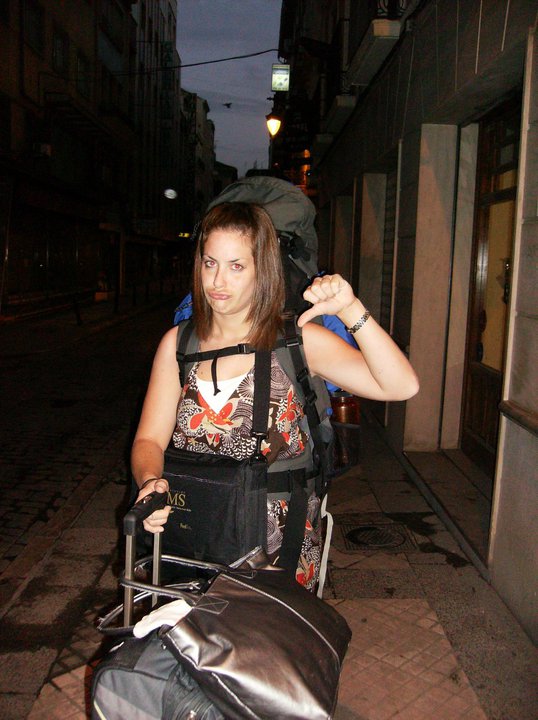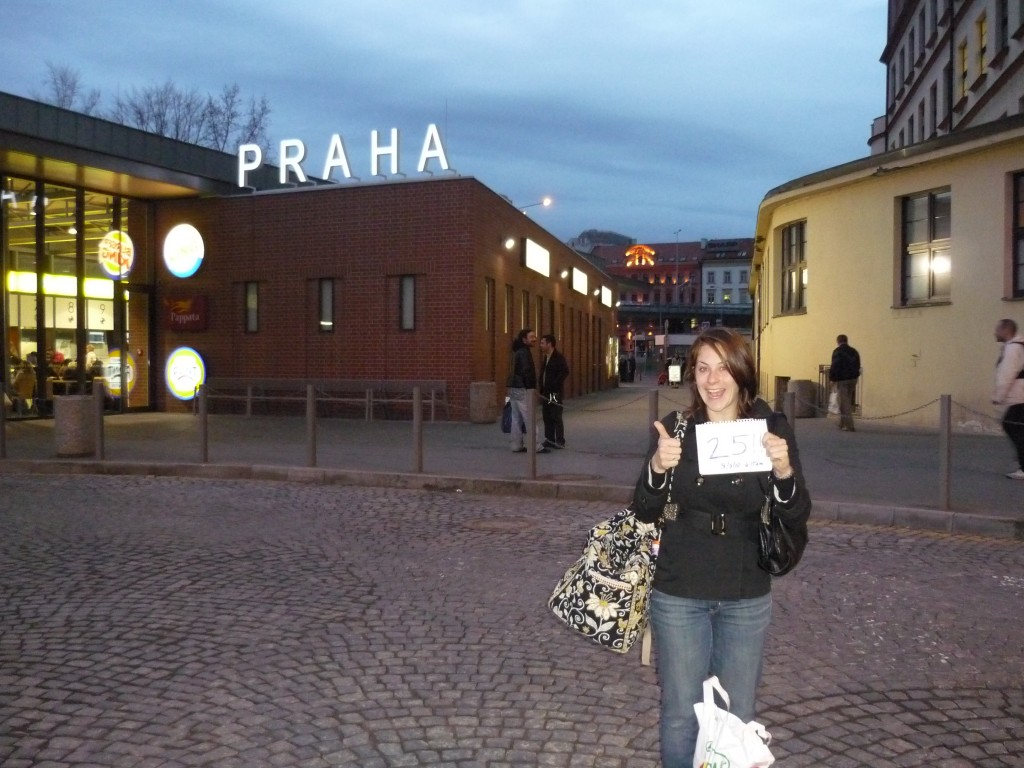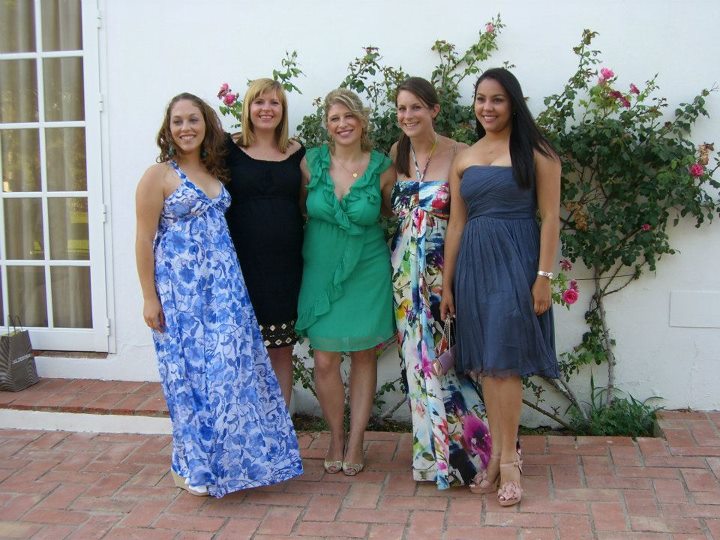post edited February 4th, 2016
Only a teacher would think to bring a map of the United States, a blue marker and a red one, to an Election Day party in Spain.
“Ok, everybody! Teacher’s here with the electoral map!” Lindsay called out as I hung it on the wall under the TV, and I had miniature US flags waved in my face as a show of solidarity in the upstairs bar of Merchant’s Malt House in Seville.I don’t remember if it was a blustery sort of November that we tend to have In Chicago on Election Night, or which states I colored in, tallying up the electoral votes for each candidate. I do remember the elation of knowing the small team, spearheaded by an incredibly savvy and forward-thinking American woman, had registered dozens of study abroad students and American residents to vote from sunny Spain.

For someone who is not overly patriotic on the outside, voting is one of the most important responsibilities I feel I have while overseas. In fact, it’s the only ONLY right I don’t have as a permanent resident in Spain, which makes my voice all the more important when every first Tuesday in November rolls around.
Voting abroad is simple, so there’s no reason to not do it! Here’s how to easily cast your ballot from abroad:
First: Make sure you’re actually registered to vote!
Remember all of those civics classes you had to sit through in high school? By now you should know that no one counts as 2/3 of a person and you can vote as a woman, so there’s absolutely no reason on this big Earth why you can’t do it (unless you’re under 18). Plus, it’s easier than ever to vote from abroad.
Registering to vote is an insanely simple process that can be done in person at a local election office, by heading into the DMV, or even by soliciting this information through the mail. If you’re currently abroad, you can print off these forms and mail, fax or email them back Stateside to your local office.
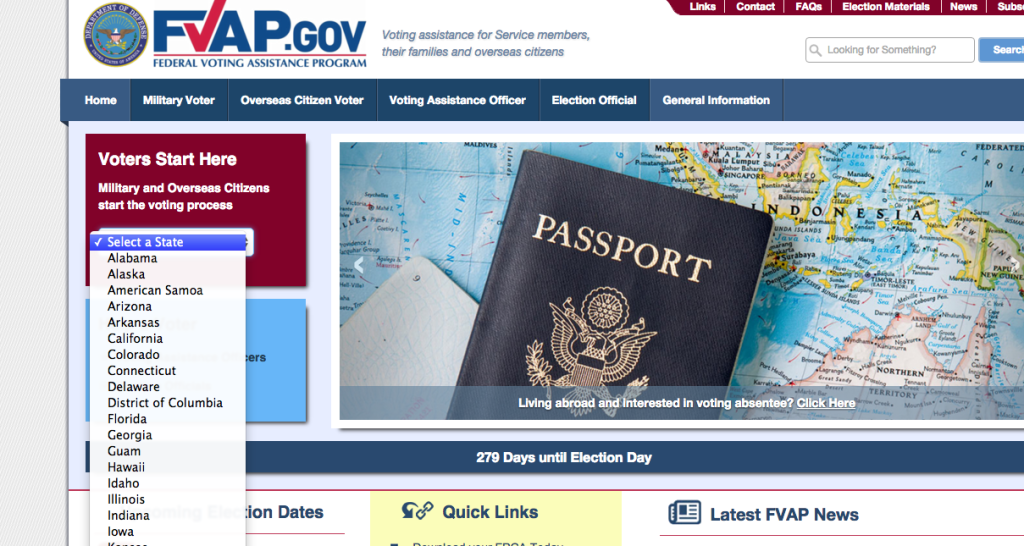
If you are already overseas, you will have to print out the forms listed on your state’s election website and mail it to your election office, or complete the online registration at the Federal Voter Assistance Program. You’ll need to provide basic information, including your driver’s license number, or the last four digits of your Social Security number. Each states has slightly different rules – remember Florida in 2000, or the reputed coin tosses during the Iowa Caucuses? – so pay attention to any pop ups you receive while registering.
Also be sure to tick the elections you want to participate in. If you’re only overseas for the primaries, be sure to notify your election office that you’ll be back for the general election in November.
Second: Educate yourself, duh.
I don’t like no stupids, so please be a good person and do your research. There are loads of sites out there, but I’ve been following the Inside Gov page and using their political matchers to dive deeper into the issues at stake this election cycle.

And use the resources you have in your city abroad – study abroad office, US Consulate or interest groups. Many set up informational meetings or even ballot drives to register voters. Get involved!
Third: Request an Absentee Ballot
Click to the FVAP’s site, read about the process, choose ‘request an absentee ballot’ from the menu and click on the state you are registered to vote in (this is usually wherever your permanent mailing address or what your driver’s license says is your home address).
From here, you will be directed away from FVAP’s site and to your home state’s election registration page. You’ll have to create a log-in and password before being directed to a wizard. Carefully fill in your pertinent information, using your home address as your voting residence and adding your address abroad in the correct box.
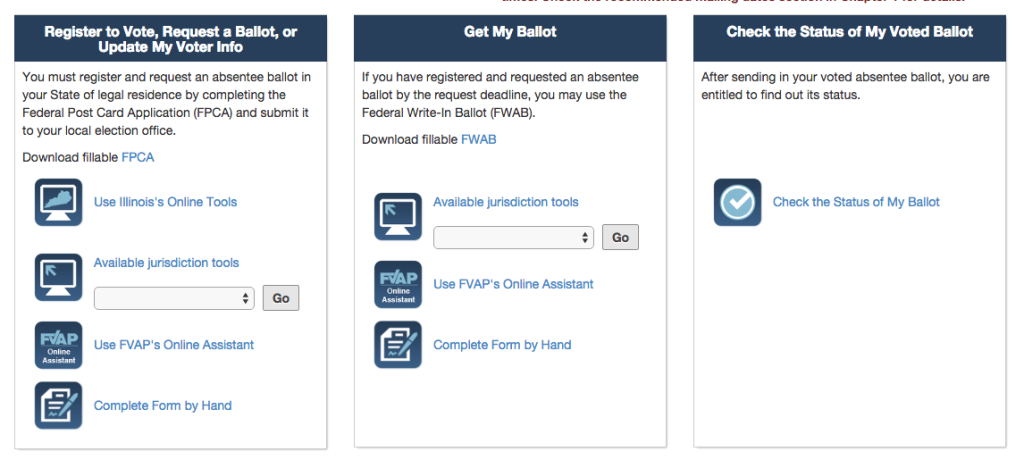
You can request the ballot by email, fax or regular mail. Do note that, using this method, you can mail in the registration and the ballot at the same time in most states.
You’ll receive a PDF with all of your information immediately. This must be printed, signed and dated, then sent to your local election office, whose mailing address can be found on the second page of your PDF, along with any special instructions for your county. I emailed my request into my local office in Illinois and received my write-in ballot not 12 hours later. Double-check to be sure all of your contact information is correct.
Finally: Cast your ballot and enjoy elections parties around Spain on November 8th!
Your local election office will send you the PDF form of a write-in ballot. Your state will have its own regulations about how to return the ballot and whether there is additional information required of you (Illinois, for example, requires a secrecy waiver). Some states will allow you to email or fax an absentee ballot, or check to see if your local embassy or consulate can do it for you, free of charge. Be aware that ballots dated and received after November 8th will likely not be counted, so make it a priority to cast your vote and make your voice heard.

Your party likely has affiliated members around Spain, so check for election parties and events. Or, get involved with voter registration or fundraising – any large expat enclaves abroad will have larger party organizers. As someone who can’t vote in Spain, I am always sure to fulfill my civic duty.
Please educate yourself, register to vote and exercise your liberties as an American citizen.
For more information, check the Department of State’s Overseas Voting page

